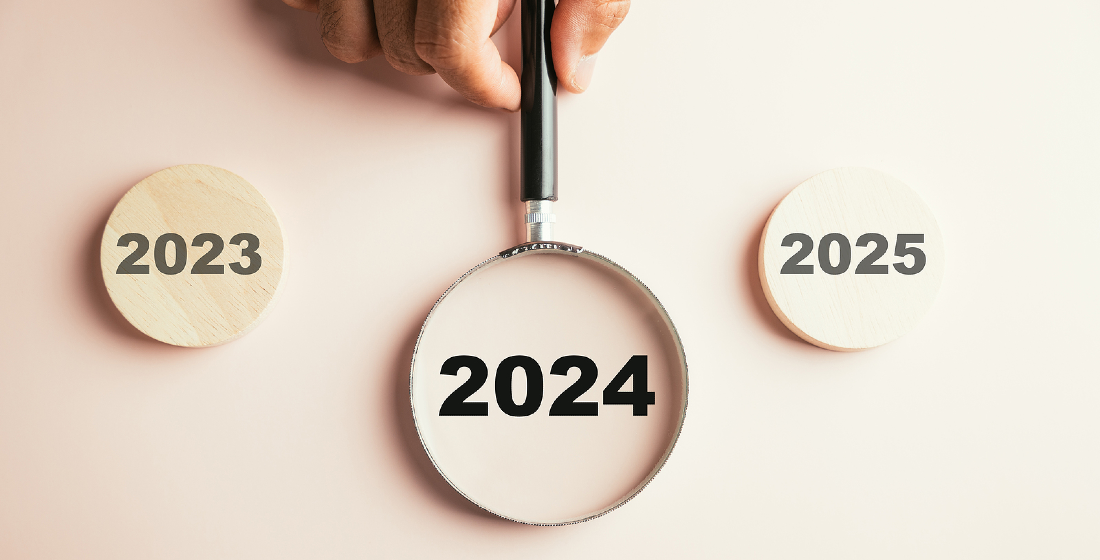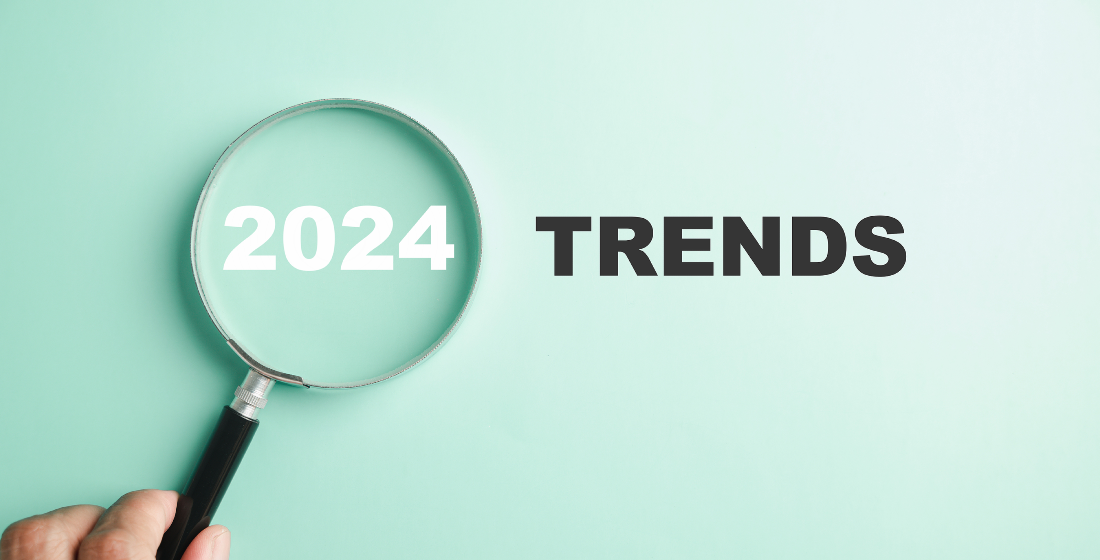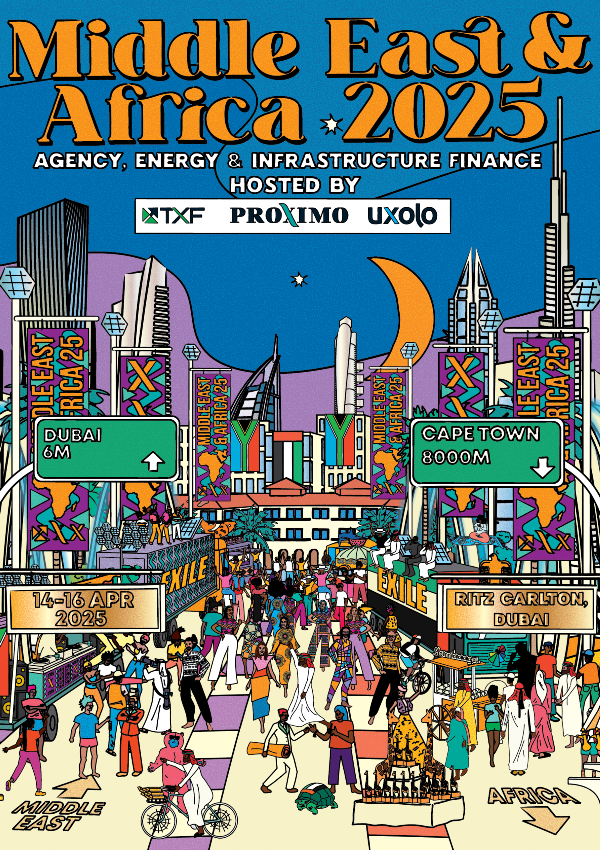Energy transition in Africa - part 2: ECAs up support for big-ticket African renewables
According to TXF Intelligence, 2020 marked a landmark year for large-scale ECA-backed renewable projects - with two such financial blueprints emerging. But this fledgling sector has a long way to go to reach project finance adolescence and pure commercial bankability.

Given rising population growth and electricity needs in Africa, the continent will require a major expansion of its power system. The investment decisions are huge — around $120 billion a year up to 2040, according to the IEA — politics muddied, and the outcome by no means certain.
But with the right government policies and energy strategies, Africa has an opportunity to pursue a less carbon-intensive development path than other regions, especially given its vast potential for solar, wind, hydro and geothermal power generation.
The bankability of such schemes, however, trumps Africa’s geographical potential for industrial-scale green energy, as without leveraging public and private capital the African renewables dream will cease to become a reality. So, governments and project sponsors - from local to international developers - will need to diversify their funding mix in order to get the burgeoning pipeline of renewables projects in Africa over the financial line.
Tapping ECA/DFI support key - for now
In October 2020, a viable template emerged for big-ticket renewable project finance deals in Sub-Saharan Africa - the 370MW Sun Africa solar park project comprising two large projects and five smaller PV projects. Angola’s Ministry of Finance (MoF) tapped a €640 million ECA-backed loan with two tranches: an 18-year €560 facility covered by EKN (100%) and put up by ING and SEK; and a 12-year €80 million tranche funded by the Development Bank of South Africa (DBSA).
In February this year, Angola’s MoF mimicked the success of this blended finance structure and raised another EKN/DBSA-backed loan with the same lenders and debt volume to fund the scheme. Both Angola solar deals included a development bank, an ECA, and a commercial bank, demonstrating DFI and ECA support is paramount to providing comfort to commercial banks on large-scale renewable financings on the continent.
Kieran Whyte, partner at Baker & McKenzie, tells TXF: “DFIs, alongside their national governments, can come in with grant funding and concessional funding, maybe not for the projects themselves, but for everything that makes the project work - where they make sure the regulatory frameworks are modern, dynamic and flexible.”
Another large-scale renewable sovereign deal to sign last year with support from a single ECA was the Ministry of Economy and Finance of the Republic of Guinea’s hydropower financing for two such plants in Guinea - the 450MW Souapiti plant & the 240MW Kaleta plant.
Export-Import Bank of China (Chexim) provided the hefty direct loan of $2.5 billion, given the project vehicle is a joint venture between Chinese sponsor/EPC contractor China International Water & Electric Corporation (51%) and Guinea's MoF (49%).
And last month, an ACWA Power-led team closed the 100MW Redstone CSP solar power plant in South Africa with heavy DFI backing. The total investment cost is $825 million and the financing was scaled back to ZAR9.8 billion ($698.2 million) after one development bank dropped out of the deal. The lenders on the 18-year deal include: Sanlam Life Insurance (MLA); African Development Bank, ABSA Bank, DBSA, CDC Group, Nedbank, Dutch development bank FMO, Germany's DEG, and Investec Bank. Pricing on the debt starts at between Libor 330bp and 390bp.
Exploring TXF Intelligence’s data in more detail, in the full-year of 2020, the two largest renewable deals in Sub-Saharan Africa (Angola solar and hydropower) represented almost $3.3 billion, or 85% of the $3.9 billion total for closed renewable deals last year. By way of comparison, in Europe across 2020, 157 renewable deals closed, with a combined volume of $36 billion - the two largest deals accounted for around $10.1 billion, or nearly a third (28%) of the total renewable debt in Africa last year.
This is not just a trend in renewables, TXF Intelligence data shows that in 2020 banks preferred fewer but larger deals. No surprise there though given the greater return for lenders and ECAs providing big-ticket debt financing. In fact, just 15 deals accounted for over half of 2020 deal volume, coming in at $62 billion - the largest deal being the $14.9 billion heavily ECA-backed Mozambique LNG project. Again, bigger ticket ECA-backed deals transcends sectors when analysing bank appetite.
Taken together this data demonstrates two key points. First, there is a comparatively small yet growing commercial bank appetite for large-scale renewable energy projects in Africa, with viable financing templates beginning to emerge (with ECA and/or DFI support); and second, the trend of capital concentrating around the largest deals appears more pronounced in Africa, at least for the time being.
Debt burdens/relief cause project headaches
Risk management and economically viability renewable energy projects are high on the financing agenda for ECAs and commercial banks eyeing the sector, and is a significant factor in why ECA-backed renewable deal numbers in Africa remain so small.
Ineffective, or non-existent, rule of law and the associated risks are well known, and just because there is a sovereign guarantee backing payment obligations, doesn't mean there isn't substantial risk - the creditworthiness of the offtaker must be sound, as well as the right project model and lender line-up.
“Capital is a coward, and if it doesn't get that nice, warm feeling it will go somewhere else,” said Whyte. “If somebody defaults, can I go somewhere and get a redress? If I get a judgement, can I enforce it? So that's something investors look for as well. They want to know where they can go? How quickly can it be handled?.”
Ballooning African sovereign debt burdens and debt relief plans will continue to be a major variable in project risk calculation over the coming years - especially for sovereign borrowers looking to raise ECA debt on balance sheet. According to the IMF, Africa entered the Covid-19 crisis with significantly less fiscal space in 2019 than it had at the onset of the global financial crisis, with 16 countries either at high risk of debt distress or already in distress. Now, most are in a markedly worse position - with higher debt levels, reduced external inflows, and muted commodity prices (a problem for oil-dependent economies like Nigeria and Angola going forward). But while oil and gas prices are expected to hit record lows, in turn renewable energy projects will become more attractive.
Furthermore, if the pandemic drags on for several more years, financial markets will reassess the price of risky assets, unmasking existing debt-related vulnerabilities. Financing difficulties could then extend to vulnerable governments in Africa, leading to debt-sustainability pressures and defaults. And for active ECA lenders exposed to sovereign risk via limited recourse project financings, such macroeconomic forces are a bit too close for home - especially to the future fundraising plans of project sponsors active on the continent.
Many Sub-Saharan African countries have borrowed substantially from China in recent years to fund major projects. Zambia, with a government debt of 120% of GDP in 2020, became the first pandemic debt default in Africa and there are still worries more may follow. As a major copper producer, falling copper prices hit Zambia hard, making its $11 billion debt pile increasingly difficult to manage.
The World Bank predicts that average Sub-Saharan African debt will hit a peak of 67.4% of GDP in 2021, even though it recommends that African countries maintain their debts at below 60% of GDP.
Angola, while not currently marked as a nation in debt distress, could be in a similar position in years to come. In 2020 Angola had government debt of 120.3% of GDP, just above that of Zambia’s, with debts of more than $20 billion to a number of Chinese entities, including $14.5 billion to the China Development Bank and nearly $5 billion to Chexim.
This point holds even more weight given Angola’s oil sector accounts for one-third of GDP and more than 90% of exports. According to the World Bank, Angola has been, and will be, increasingly vulnerable to a big decrease in oil prices - which is very likely to be the case as demand for oil wanes and clean energy grows. This is especially concerning for resource-backed loans raised by sovereign borrowers, which are often linked to key infrastructure projects, deemed at one time the route to economic sanctuary.
In fact, since 2015, Angola has been in an economic and financial crisis due to loss of fiscal revenues, particularly from oil. In response, the Paris Club of creditors agreed in January of this year to extend relief on debt service due from Angola to cover the first half of this year.
The World Bank also approved a $700 million Development Policy Operation (DPO) loan to the Angolan MoF in March of this year, aimed at providing support for the government’s response to the Covid-19 pandemic and related economic impacts. Angola has so far received about $2.5 billion from the IMF as part of its largest funding programme in Sub-Saharan Africa.
Debt relief initiatives have eased the immediate pressure for oil-dependent countries like Angola, but it's uncertain at this point if this debt relief will be extended and whether private sector creditors can be persuaded to take part.
In previous years, TXF Intelligence data shows that the role of private lenders in renewable project financing in Sub-Saharan Africa has been small to non-existent. The overwhelming volume of transactions have been financed either entirely by DFIs such as the World Bank and African Development Bank, or through ECA cover and direct loans, which have propped up the largest projects. Commercial lenders, if involved at all, have typically opted for small ticket sizes (Investec and Nedbank provided a $177 million uncovered debt portion on Redstone CSP, still a small commercial tranche for such a large investment).
This is the crux of the problem facing many African nations as energy transition becomes higher on the financing agenda of energy majors, investors and lenders: only a handful of ECA-backed deals close annually (seven renewable power projects closed in 2020 according to TXF data) with private capital mostly absent in the deals that do.
“It is extremely important that we bring the private sector to the table, making sure that commercial banks active across the African continent don't just look at this sector as one that is very risky but can now look at this sector as one of opportunity,” said Obbie Banda, underwriter at The African Trade Insurance Agency.
“The more comfort developers and lenders have with local currency funding, hopefully with local currency PPAs, that should inspire a lot more innovation, because it then opens up the market for commercial banks to come in.”
The million kwanza question is: how can renewable energy projects in Africa attract the volumes of private capital necessary to bring deal numbers on a par with Europe? Pure commercial bankability is still a long way off on the project finance stage on the continent. ECA appetite for renewable projects is growing - albeit at a slow pace - but there is plenty of innovation needed to make project sponsors and buyers more comfortable with taking the export credit route, which is synonymous with lengthy deal gestations and piles of loan documentation.
The TXF perspective
Renewable power is now mainstream power: the tech has improved; economies of scale have made equipment cheaper; and supply chains have commercialised. But green energy is not quite the new oil - not yet, at least. And zero-subsidy projects have only emerged in Northern Europe. So the role of lumpy grants and subsidies will be paramount to realising industrial-scale renewable energy in Africa.
The rapid progress in battery storage promises to improve the reliability of power networks, allowing them to accommodate greater quantities of intermittent renewable energy. As such, large renewable/integrated projects have the potential to sustain African energy needs long into the future. However, renewables remains a fledgling sector on the continent with most commercial lenders choosing to eschew the sector - unless there is heavy DFI or ECA backing.
Local currency facilities and locally denominated PPAs, coupled with greater private donor support from either insurance or an ECA guarantee, will be crucial to attracting more international and local banks to the table.
Likewise, ECAs and DFI budgets will be stretched as they combat the climate crisis and Covid - so innovative structures that leverage the private market will need to evolve. Buyers struggling to come up with the 15% down payment financing traditionally needed for ECA support will need tailored export credit solutions. The private insurance market has not been absorbing the residual risk on ECA-backed deals in the Covid epoch, and banks and ECAs will need to find a solution for project sponsors that goes beyond 100% ECA cover.
Overseas development aid put up in tandem with ECA support is a great way of opening up new supply chains and trade flow between African and other countries, for example via Operation and Maintenance contracts further down a project’s gestation period. And greater collaboration between ECA and DFIs need to be released for a more holistic approach to renewable project financings on the continent.
In time, greater efficiency and lowering costs of renewable technology will increase the economies of scale and bankability of mega renewable projects, reducing the need for subsidies via PPAs and grants, and thereby alleviating the pressure on balance sheets. In short, ECA debt is firmly becoming a new instrument in African sovereign borrowers’ financial toolkits.





